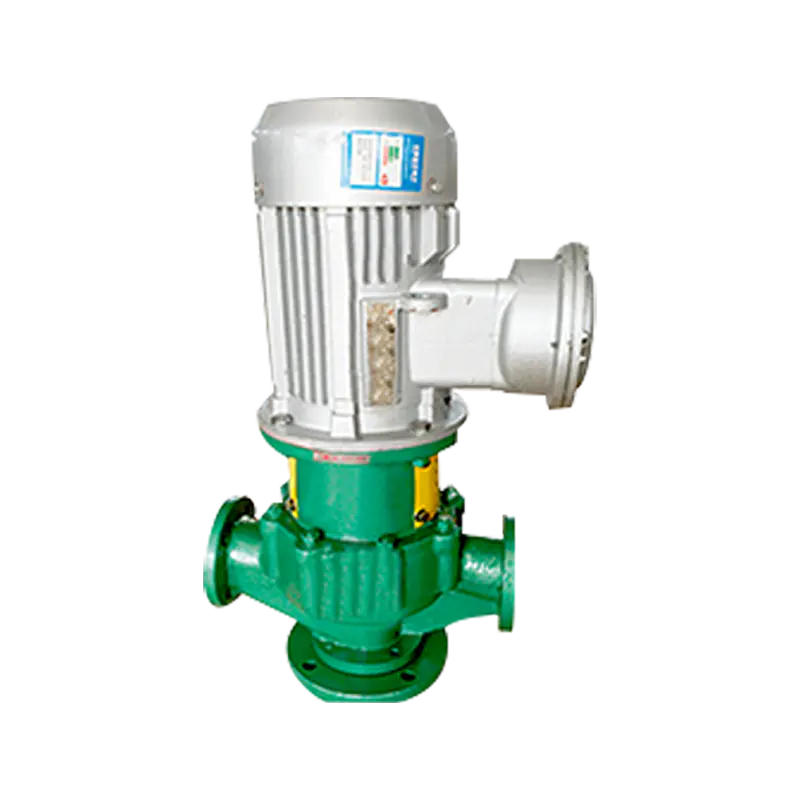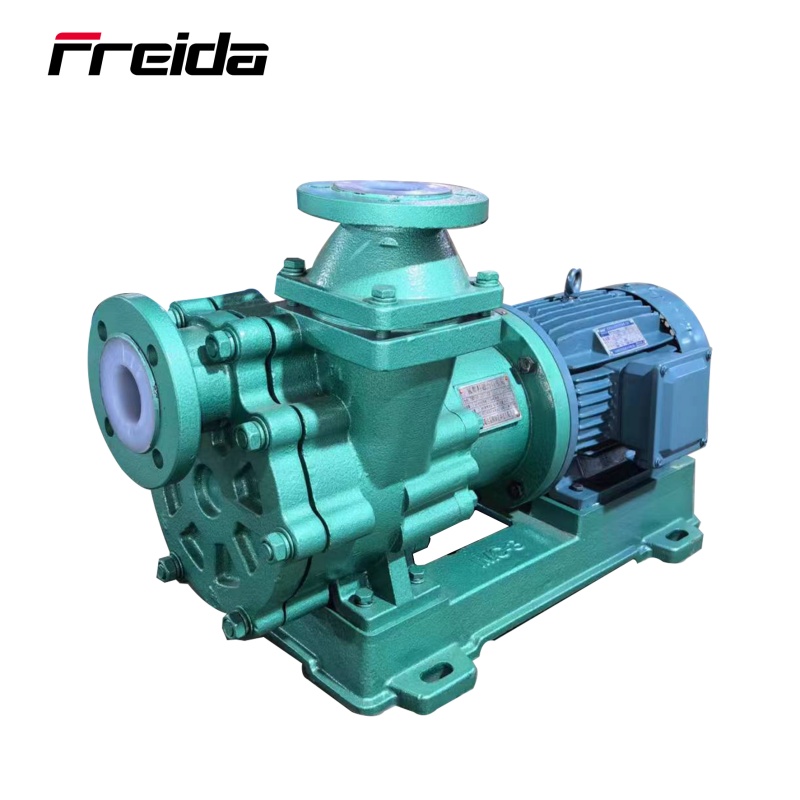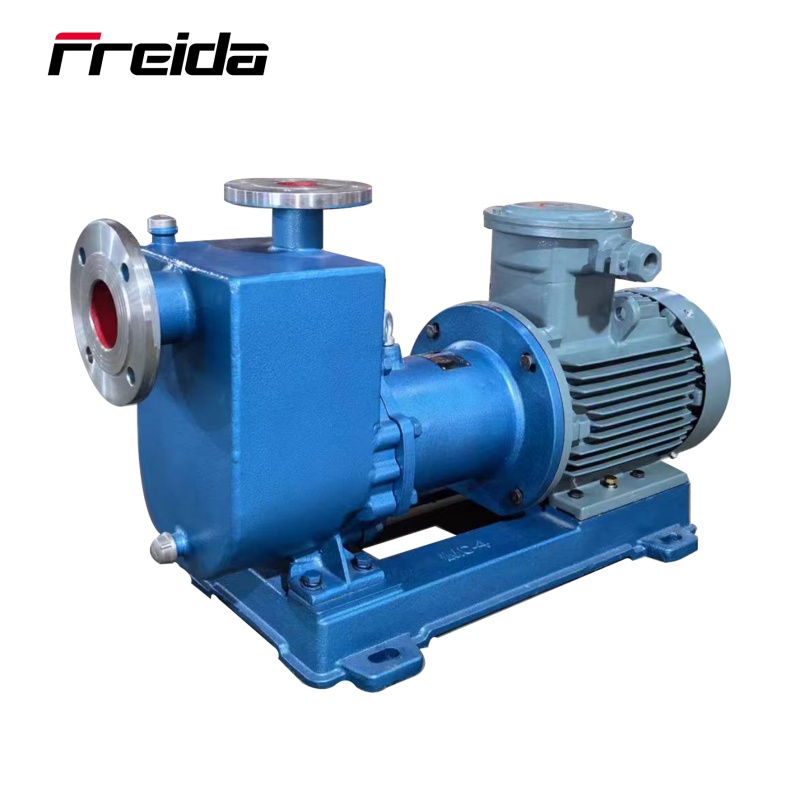Self-priming pumps are a specialized type of centrifugal pump that possess the unique ability to clear air from their suction line and casing without external assistance, initiating the pumping process automatically. This contrasts sharply with conventional centrifugal pumps, which typically require "priming" – a manual or automated process of filling the pump casing and suction line with the liquid to be pumped – before they can operate effectively.
Here's a detailed breakdown of how self-priming pumps generally function:
-
Initial Liquid Retention (or "Priming Reserve"): A critical design feature of self-priming pumps is an internal reservoir, often integrated into the pump casing. When the pump is initially filled with liquid (or when it retains some liquid after a previous operation), this reservoir holds a sufficient volume of fluid to kickstart the priming sequence. This retained liquid is essential for creating the necessary conditions to draw in air.
-
Air Evacuation (The Priming Cycle):
- When the pump motor starts, the impeller begins to rotate.
- This rotation, coupled with the presence of the retained liquid in the reservoir, generates a vacuum at the eye of the impeller.
- The vacuum pulls air from the suction line into the pump casing.
- As air enters, it mixes with the recirculating liquid from the internal reservoir. This air-liquid mixture is then propelled by the impeller towards the pump's discharge side.
-
Air-Liquid Separation:
- Within the pump's design, specifically in a separation chamber or a larger volute area, the air-liquid mixture slows down.
- Due to the difference in density, the heavier liquid settles back down into the pump's internal reservoir by gravity.
- The lighter air, now separated from the liquid, is expelled out through the pump's discharge port or sometimes through a dedicated air-release valve.
-
Vacuum Buildup and Liquid Suction:
- This continuous process of drawing in air, mixing it with liquid, separating it, and expelling it gradually removes all the air from the suction line.
- As more air is evacuated, a progressively stronger vacuum is created within the suction line and pump casing.
- Eventually, the atmospheric pressure acting on the surface of the liquid in the source (which is higher than the pressure in the evacuated suction line) forces the liquid up the suction line and into the pump casing, filling it completely.
-
Transition to Normal Pumping (The Pumping Cycle):
- Once the entire pump casing and suction line are full of the pumped liquid, the self-priming process is complete.
- The pump then transitions into its continuous, normal pumping operation, efficiently transferring the fluid from the source to the discharge point. The internal reservoir may continue to circulate a small amount of liquid, but the primary function shifts to moving the main flow.
Key Advantages of Self-Priming Pumps:
- Automatic Operation: Eliminates the need for manual intervention or auxiliary priming systems, leading to reduced labor costs and operational simplicity.
- Flexibility in Installation: They can be positioned above the fluid level (often at ground level), which simplifies installation, maintenance, and reduces the risk of flooding if there's a seal failure.
- Handles Intermittent Flow: Ideal for applications where the liquid source may fluctuate or where the pump is not continuously submerged, as they can re-prime themselves.
- Tolerates Air/Gas Entrainment: Their design allows them to handle liquids that may contain some amount of entrained air or gas, unlike standard centrifugal pumps which can easily become "air-bound" and lose prime.
- Reduced Maintenance: By preventing air binding and allowing for easier access, these pumps can lead to less frequent maintenance and repair.
Common Applications:
The versatility and ease of use of self-priming pumps make them indispensable in numerous sectors:
- Wastewater and Sewage: Crucial for pumping raw sewage, sludge, and other viscous liquids with solids, often from sumps where the pump is above the liquid level.
- Construction Dewatering: Efficiently remove water from excavation sites, trenches, and flood-prone areas.
- Agriculture and Irrigation: Used for transferring water from wells, rivers, or ponds for crop irrigation.
- Industrial Processes: Employed in various manufacturing and chemical processes for transferring fluids, especially when dealing with intermittent flow or liquids that might contain gases.
- Marine Applications: Used on boats for bilge pumping and other water transfer needs.
- Emergency Services: Often used by fire departments and disaster relief for rapid water transfer.
While offering significant benefits, it's worth noting that self-priming pumps might have a slightly larger footprint, a higher initial capital cost, and in some specific designs, may exhibit marginally lower efficiency compared to a perfectly primed, non-self-priming centrifugal pump, primarily due to the internal recirculation involved in the priming process. However, the operational advantages often far outweigh these considerations.

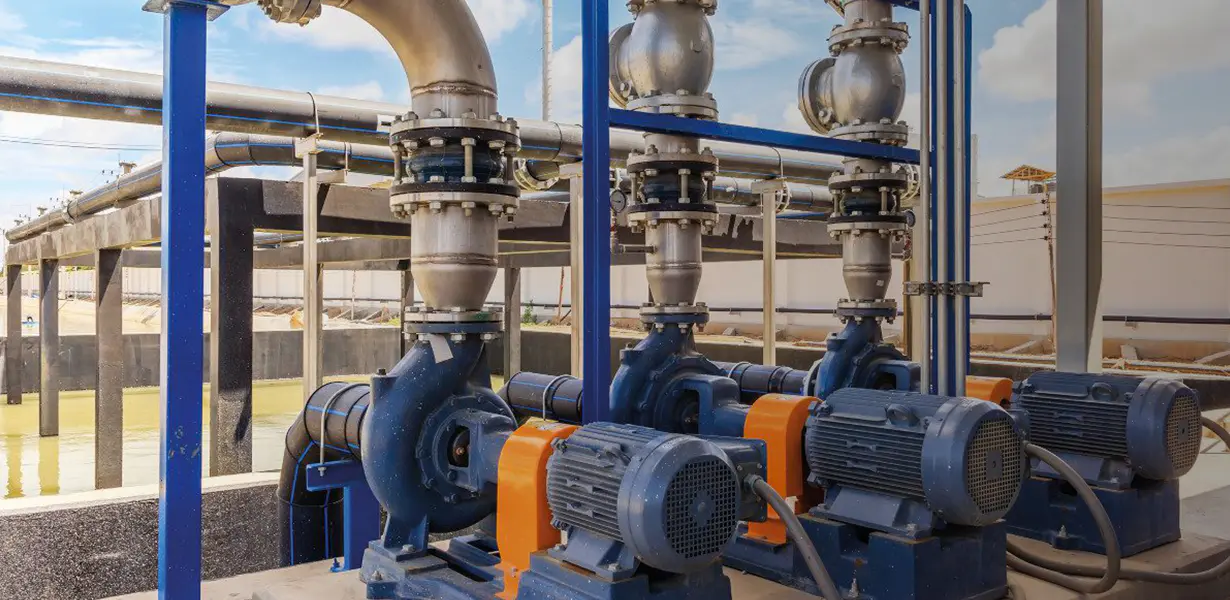
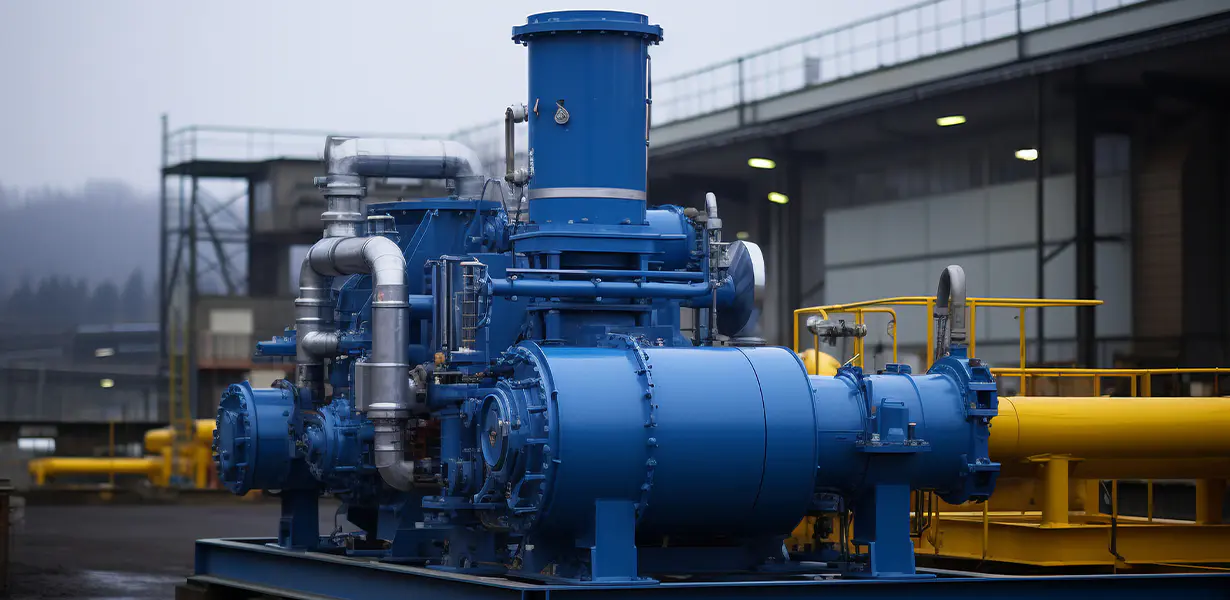
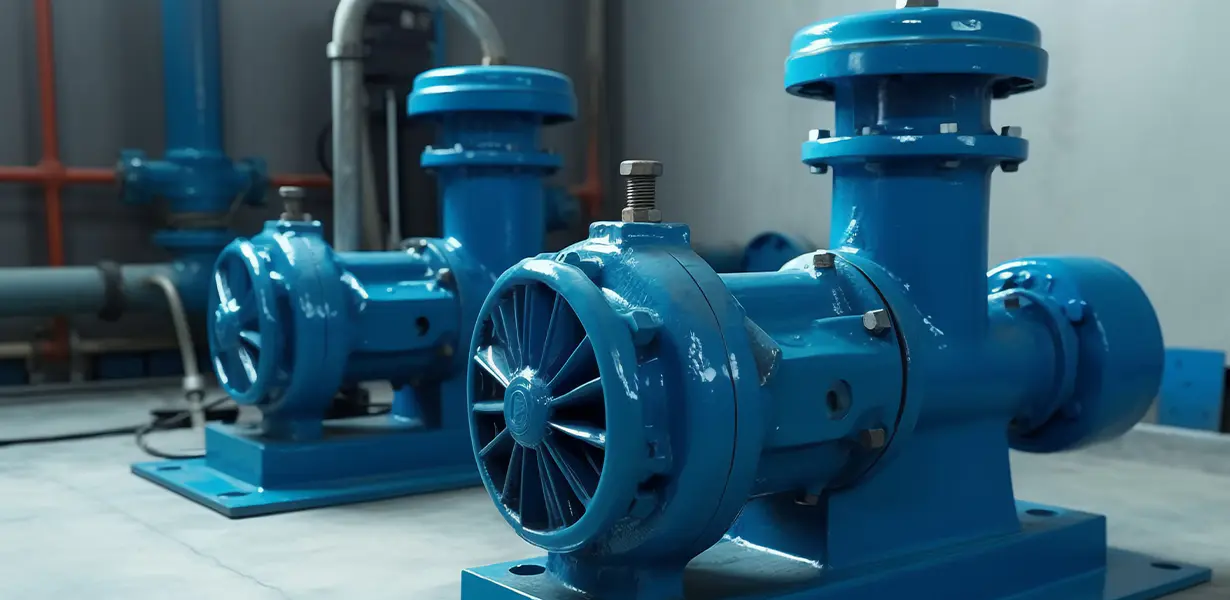
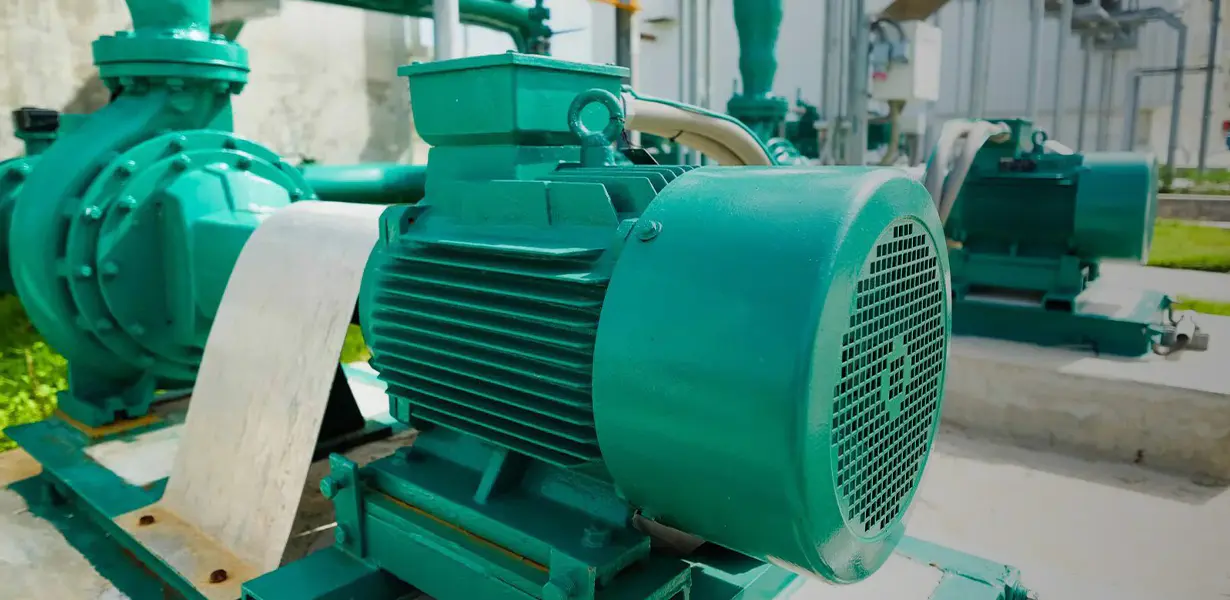
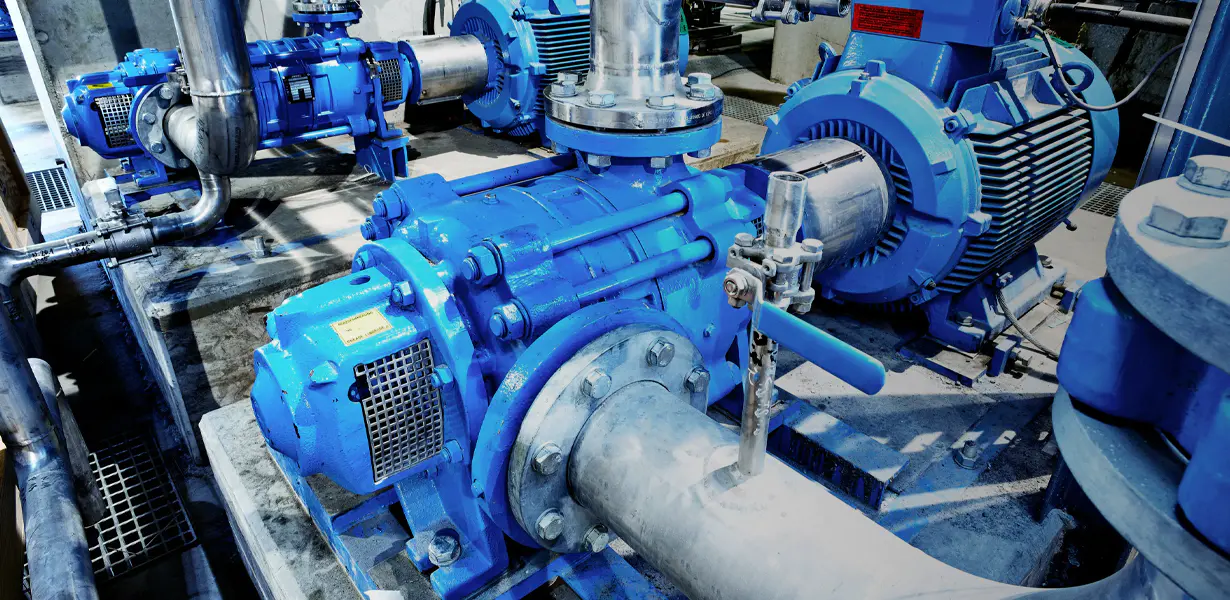
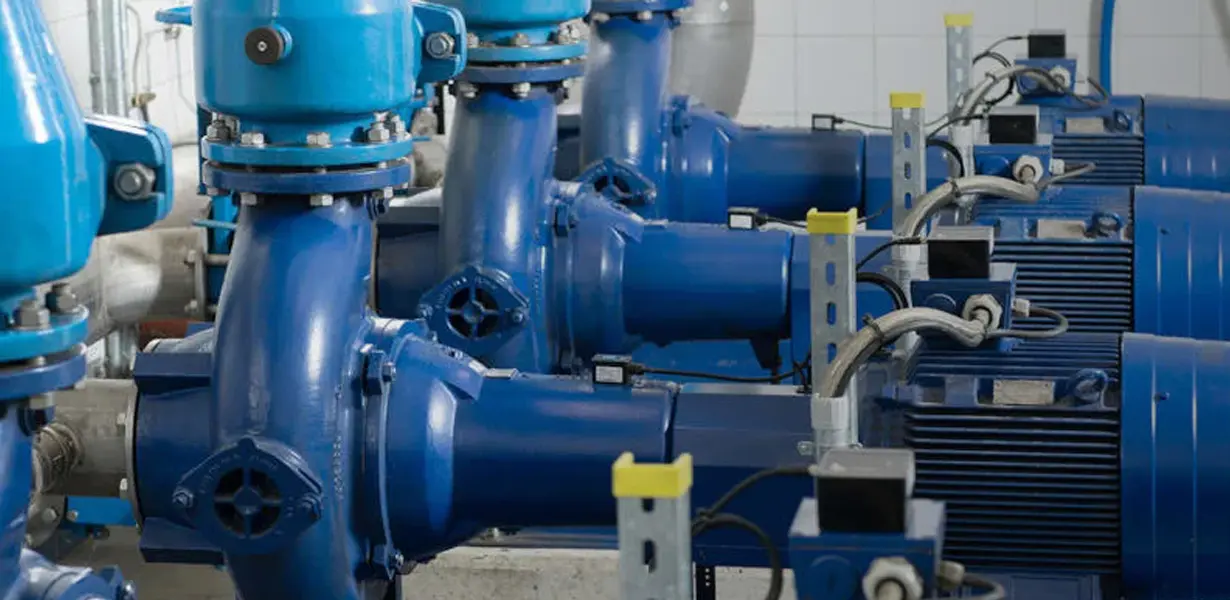


 English
English русский
русский Español
Español Français
Français








